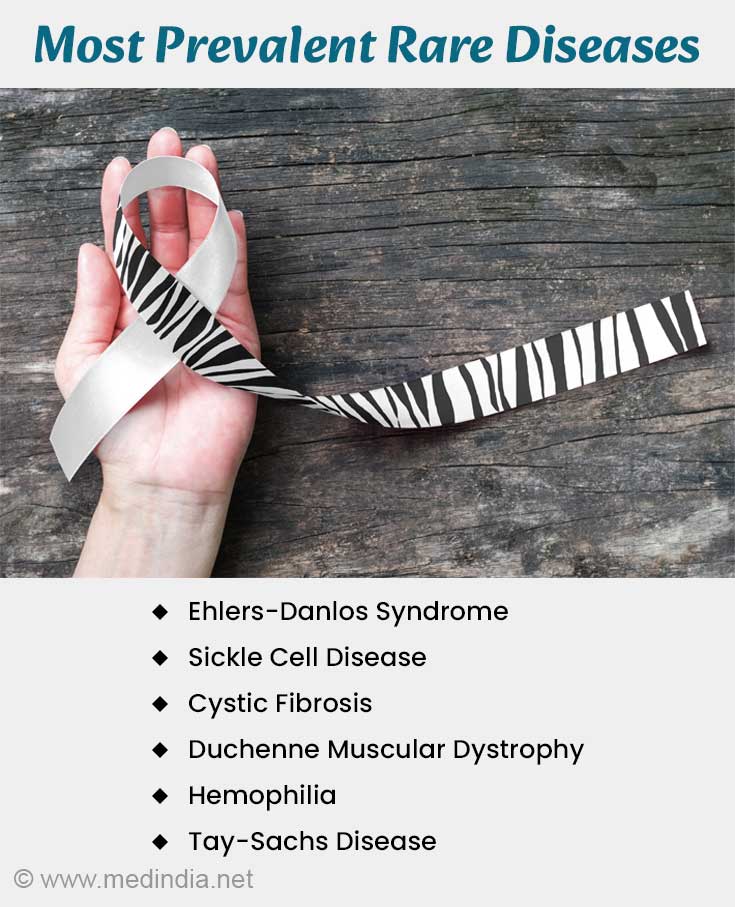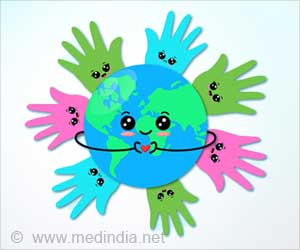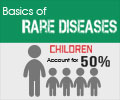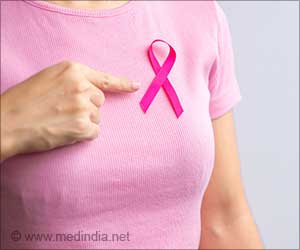More than 7,000 rare diseases exist, affecting millions globally. Most are genetic, chronic, and life-threatening. Awareness is key to improving diagnosis and care!
- Rare Disease Day is observed every year on the last day of February, the rarest day of the year
- In India, a disease is considered rare if it affects fewer than 100 people per 1,00,000 individuals
- One-third of rare disease patients do not have access to the medicines they need
A rare disease is a condition that affects a small percentage of the population. In India, a disease is considered rare if it affects fewer than 100 people per 1,00,000 individuals. In the United States, a disease is considered rare if it affects fewer than 2,00,000 individuals (1✔ ✔Trusted Source
RARE Is Not Rare
Go to source).
There are more than 7,000 known rare diseases, most of them are genetic, chronic and life-threatening. Some of the rare diseases are Cystic Fibrosis, Duchenne Muscular Dystrophy, Huntington’s Disease, and Progeria.
Thos most prevalent rare diseases are
- Ehlers-Danlos Syndrome (EDS)
- Sickle cell disease
- Cystic fibrosis
- Duchenne Muscular Dystrophy
- Haemophilia
1 in 10 Americans has a rare disease, yet 95% of rare diseases have no approved treatment. More research and awareness are needed! #RareDiseaseDay #RareIsNotRare #medindia’
Why is it Important
For those living with rare diseases and their families awareness is a powerful tool. Rare Disease Day 2025 aims to- Highlight the struggles of those affected by rare conditions
- Advocate for equitable access to diagnosis, treatment and care
- Bring together healthcare professionals, researchers, policymakers and patient organisations to make positive change (2✔ ✔Trusted Source
Rare Disease Day 2025
Go to source).
Challenge Faced by Rare Disease Patient
Even with advanced medical diagnosis, rare diseases take four to five years to get diagnosed. The right treatment and diagnosis is still a struggle for rare disease patients as the conditions are not well understood.- Many people with rare diseases get a late diagnosis as there is limited or no knowledge about the disease.
- Access to healthcare and treatment can be difficult, leading to inequalities in care quality and financial strain on families.
- Many rare diseases share symptoms with common conditions, increasing the risk of wrong diagnosis. Different symptoms for the same disease may also be challenging to diagnose.
- Research on rare diseases requires international collaboration, as these conditions affect only a small population (3✔ ✔Trusted Source
What are the universal challenges faced by those living with a rare disease?
Go to source).

Complexity of Rare Diseases
Rare diseases vary widely in the causes, symptoms and effects on individuals. Below are a few examples which explain the diverse nature of rare diseases.|
Some rare diseases are genetic and some are due to external factors |
|
|
Duchenne muscular dystrophy is a genetic condition due to mutation
It affects 1 in 3, 500 boys |
Guillain-Barre syndrome is triggered by external factors like infection
It affects 1 to 2 in 1,00,000 people |
|
The onset of symptoms also varies among rare diseases |
|
|
Alkaptonuria symptoms develop only during the early middle age
It affects 1 in 2,50,000 people |
Spinal muscular atrophy affects children from birth.
It affects 1 in 1,00,000 people |
|
Some rare diseases affect certain body systems only and some cause cancers |
|
|
Tay-Sachs disease leads to neurodegeneration in children
It affects 1 in 3,20,000 people |
Pseudomyxoma peritonei is a rare cancer of the appendix.
It affects 2 per million people each year |
|
Some show visible symptoms while others do not |
|
|
Achondroplasia, a form of dwarfism is visible and can be recognized.
It affects 1 in 40,000 people. |
Vascular Ehlers-Danlos syndrome weakens the walls of arteries, with no visible symptoms. It affects 1 in 90,000 people. |
|
Some rare disease symptoms can be treated and some can be prevented |
|
|
Tuberous Sclerosis Complex, has treatments to reduce tumor growth.
It affects 1 million people worldwide. |
Tyrosinemia type 1 can be prevented with a single drug despite its rare. nature It affects 1 in 1,00,000 people (4✔ ✔Trusted Source |
95% of rare diseases do not have treatments which explains that about 5% of them have a licensed treatment plan. One-third of rare disease patients do not have access to the medicines they need.
By shedding light on some of the more common rare diseases, we can contribute to better understanding, advocacy, and support for those living with these challenging disorders. Continued scientific progress and public awareness will be key to providing hope and better outcomes for affected individuals.
References:
- RARE Is Not Rare - (https://rarediseases.org/rare-disease-day/ )
- Rare Disease Day 2025 - (https://vascern.eu/events/rare-disease-day-2025/)
- What are the universal challenges faced by those living with a rare disease? - (https://www.rarediseaseday.org/what-is-a-rare-disease/)
- What are rare diseases? - (https://www.rarebeacon.org/rare-diseases/what-are-rare-diseases/)
Source-Medindia












